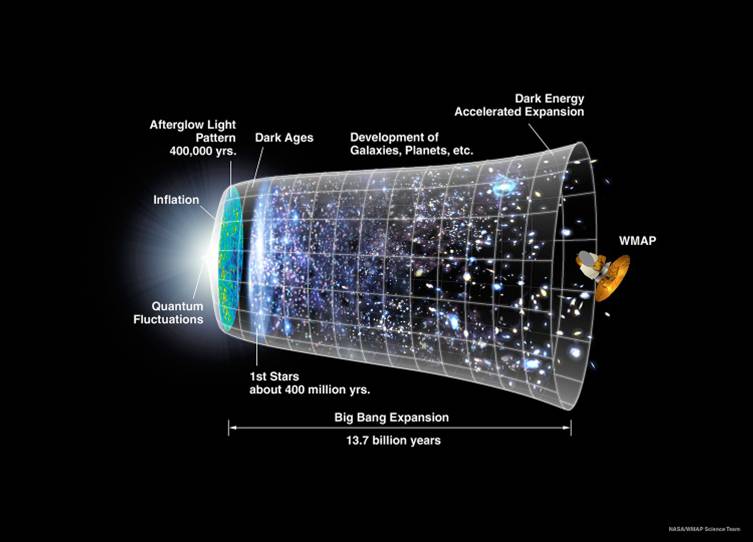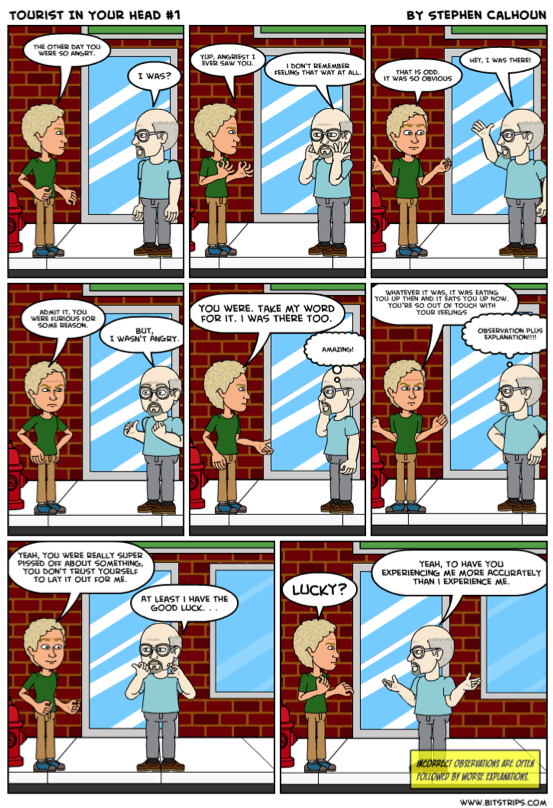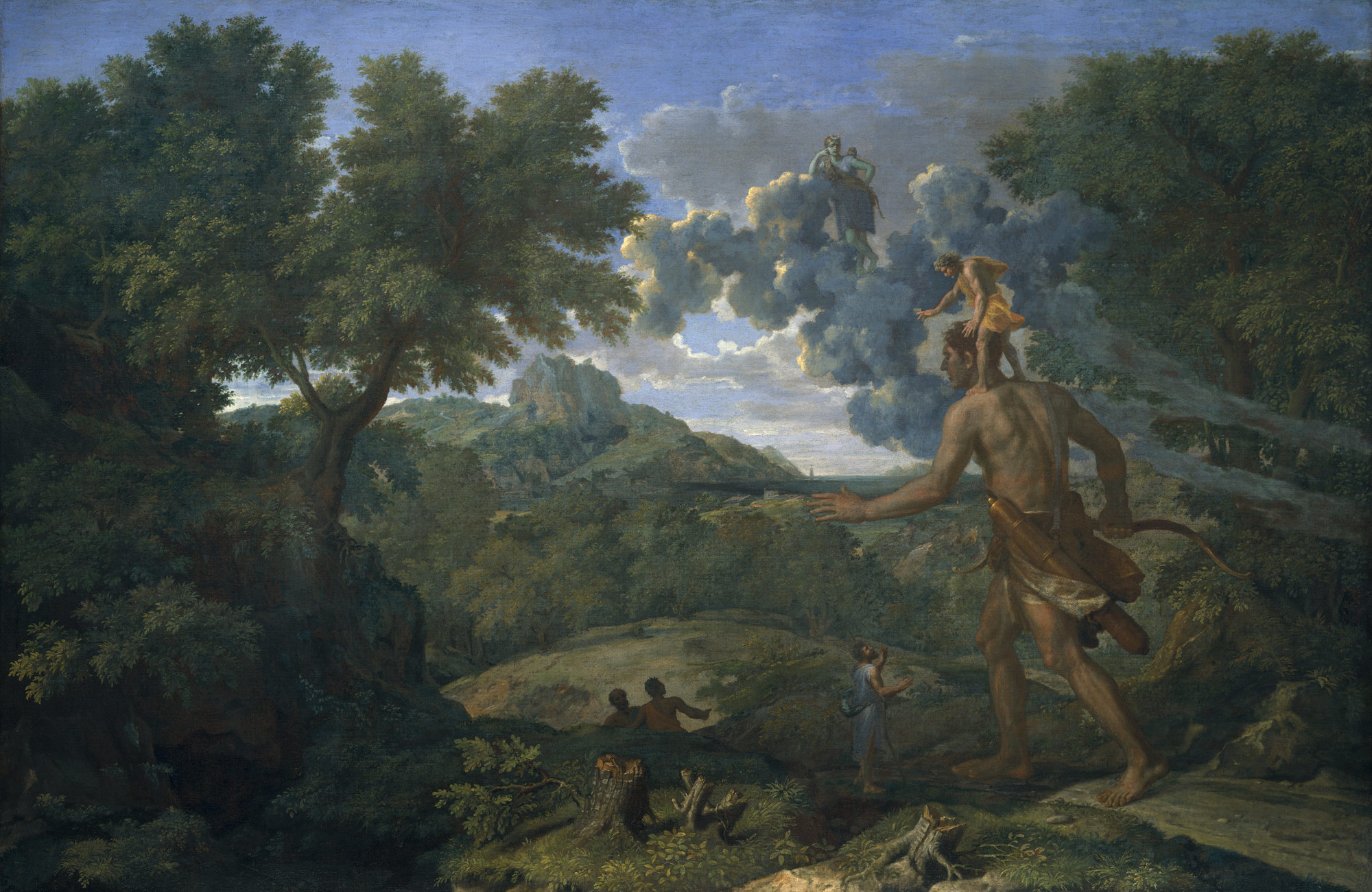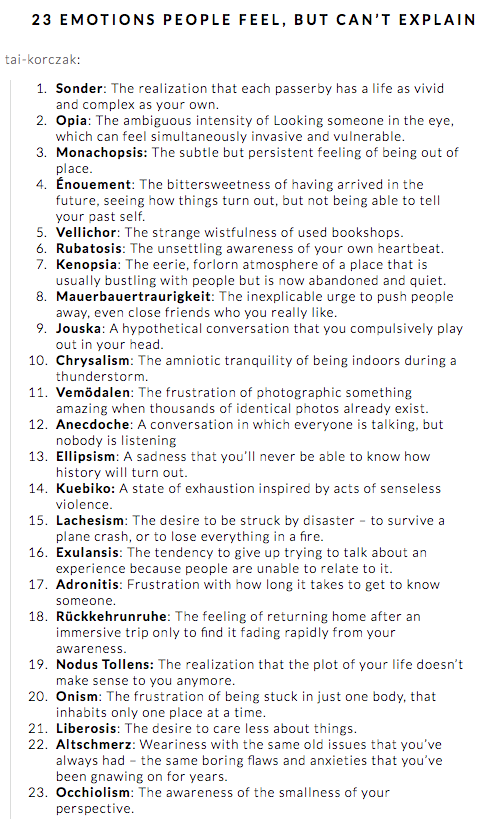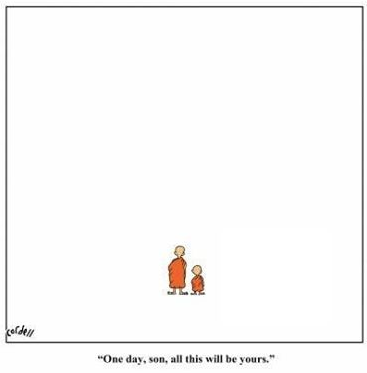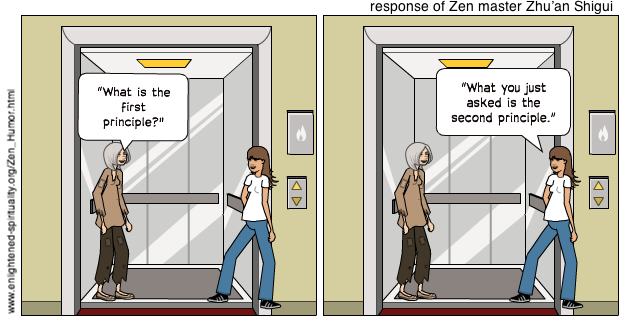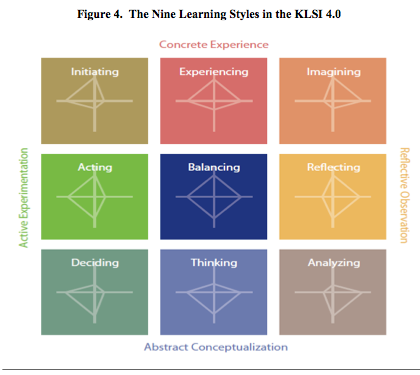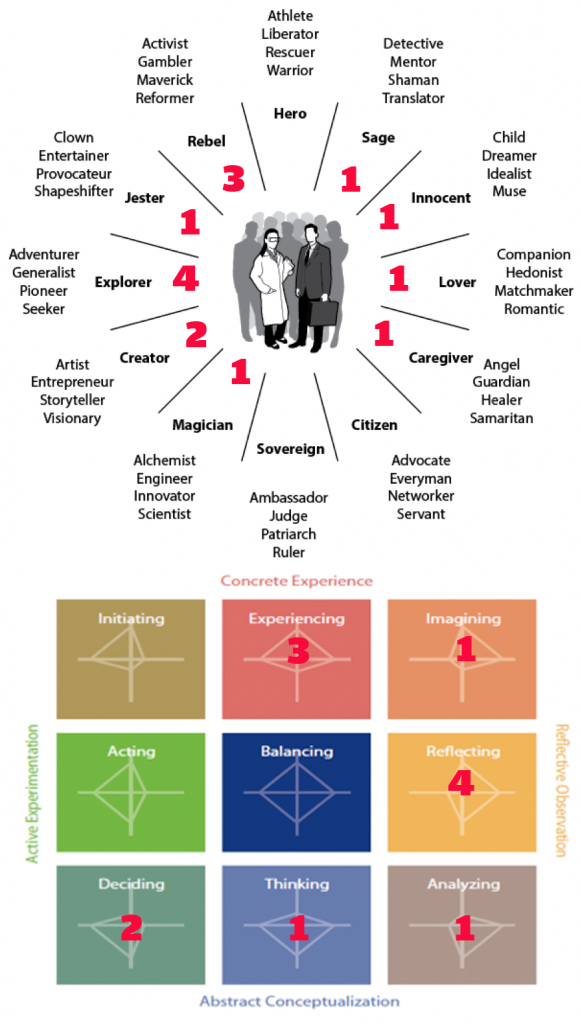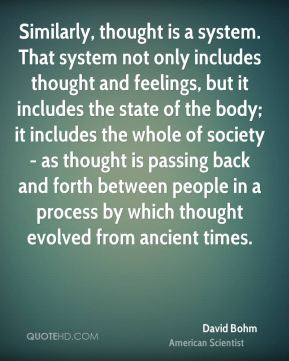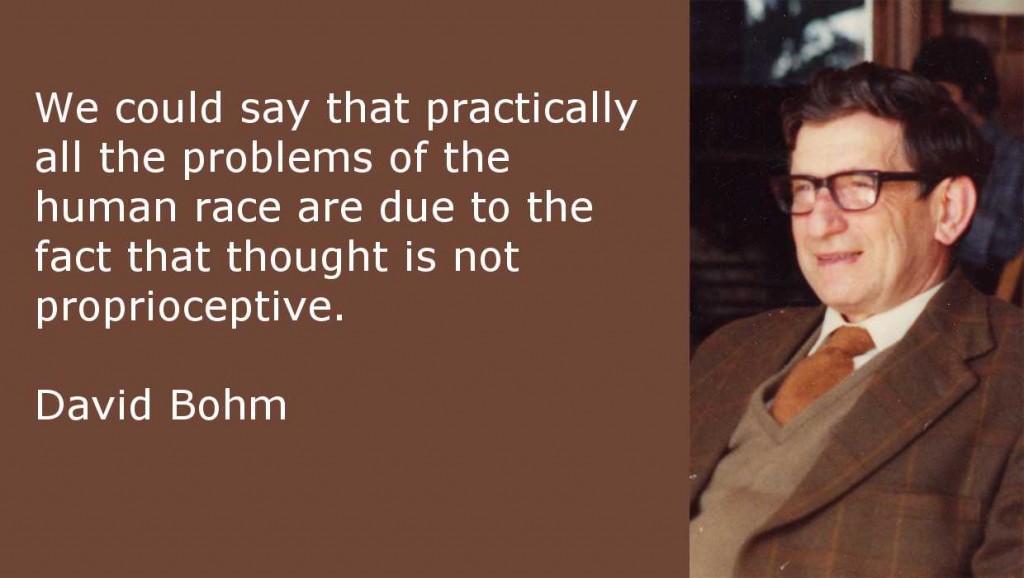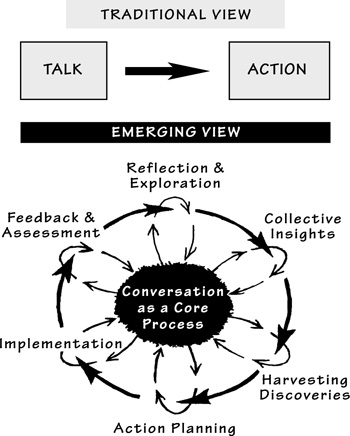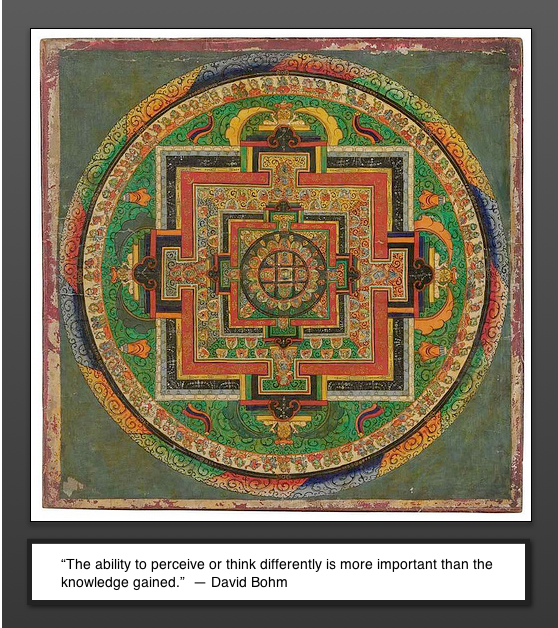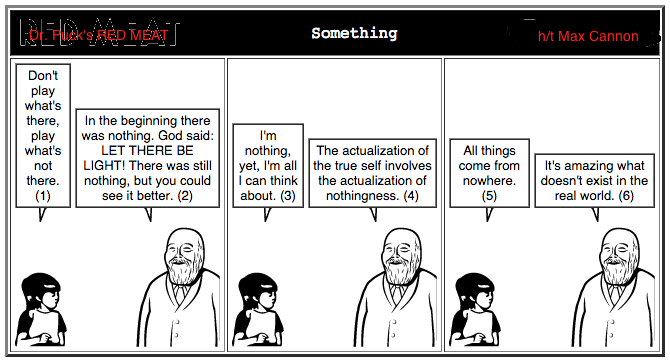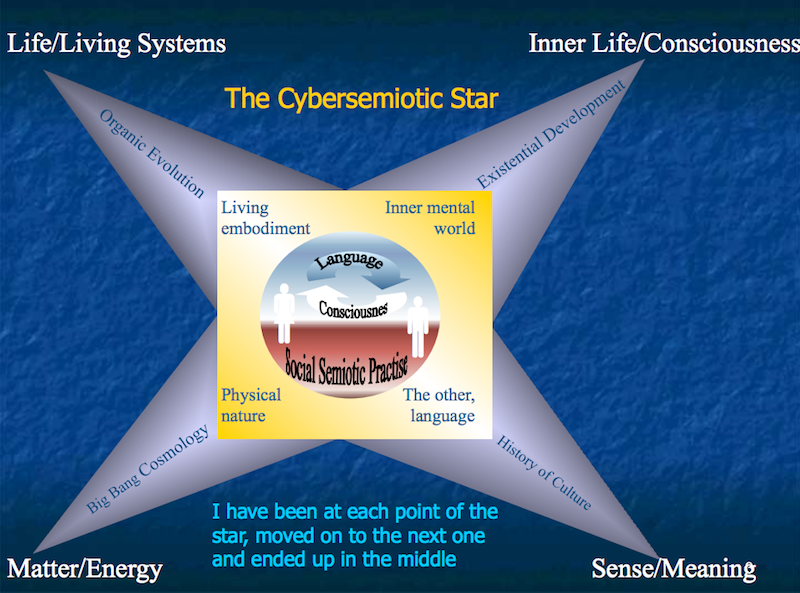
My working assumption is that when I’m learning about another person, I am learning about their personal culture and their sense of their identity and about their narrative and about all the weaving and stitching which provides the sensible and explanatory interconnects between culture/identity/story. However, I have introduced here my own terms, terms popular on planet Stephen C.C., but not in anyway presumptively are these same terms popular on your own planet.
And, even if some of the terms are in use on your own planet, the terms might not mean the same to you as the terms mean to me.
It would be much better for me to start out learning what are your terms, what are the terms commonly used on your planet; you know, the planet you live on.
If you and me are beginning the task of knowing one another, of engaging an interpersonal process of mutual construal, how do we collaborate to do the initial sorting? On my planet, one can also meta-sort; how about on your planet?
Here’s a mundane example. Take the developmentally normative imperatives given by the Experiential Learning Theory of David A. Kolb. These norms are the lingua franca of the community of practice. Three such norms are: flexibility, balance, and resilience. Each of us comes (away) from our unique planet to speak in common terms–and we have worked to cause such terms to be common and shared.
Yet, at the same time, (from the perspective of what my colleague Kenneth Warren termed “your promethean thrust,”) come counter-normative theoretical imperatives, conceptions, or injunctions. With respect to Kolb’s ELT, among these are: intuition, serendipity, enantiodromia, poetics, energetics, polarization, antipathy, inversion, paradox, abduction, and autopoiesis.
These ideas are part of the background, part of my background. For example, the force of enantiodromia–conversion into the opposite–may countermand balance.
The assumption that the use of a common language is not differentially connected to the hidden “it is just so” of personal culture (etc.) is an incorrect assumption–and is so even if such differentials are smoothed over by a presumption of solidarity.
That we are not trapped in our subjective cosmos is obvious enough. However, the ability to stand outside of one’s own cosmos means of course that something personal comes along for the ride! The intentional act of relational intermediation carries with it the possibility of also being a wise enaction of intermediation, where we step outside, and also step into, the common ground knowing fully what aspects of our self-system remain with our self.
In the cybernetic sense, interpersonal intermediation requires reconfiguration which is configurable by choice or by choiceless feedback.

